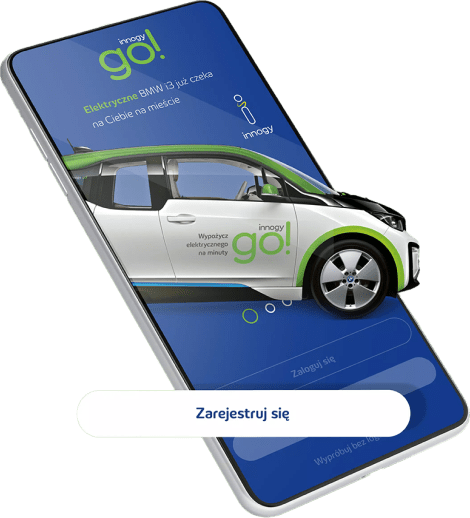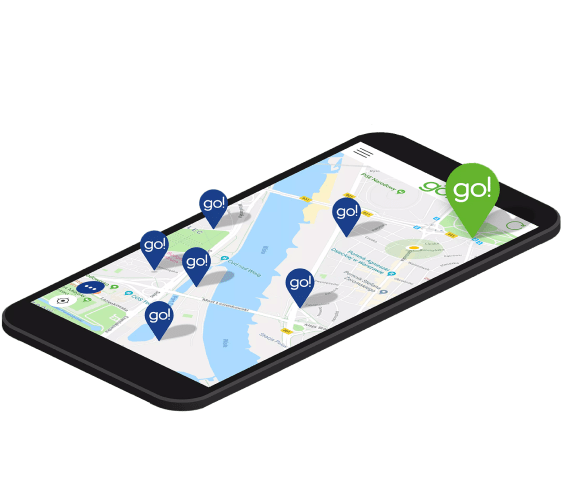innogy go!
innogy go!

Company description
Innogy go! is a car-sharing service that was launched in Warsaw in 2019. 350 electrical cars were put on the market for people to use. The vehicle fleet was available in a `free-float` model. This way, users could rent vehicles in specific zones, selected by the fleet operator. The innogy go! service was created by the E.ON. company.
Project description
The innogy go! Platform offered a fully electrical fleet, promoting an ecological approach to mobility. Various models, like BMW i3 and Jaguar I-Pace, were proposed, which ensured comfort and style to clients on their journey. The implementation of various renting options, like booking the car for a few minutes or offering flexible hourly packages, allowed the company to fulfill the different needs of its customers.
Project goals
To launch the service in Warsaw, making the electrical fleet easily accessible for city residents and tourists
To offer a flexible service by proposing various reservation options
To create a modern mobile application where you can easily make reservations and payments, have access to discounts, and add new functionalities - like the virtual key for example
To allow efficient management of both the fleet and the database through a modern web panel, with full monitoring of the location of vehicles and the users' activity
Mobile application
The innovative mobile application created by Core Logic allowed an easy reservation of electrical vehicles for a few minutes, days, or even weeks. The renting process was quite fast, intuitive, and available at any place or moment.
The app not only ensured easy access to vehicles but also offered advantageous discounts to its users. Moreover, the payment system provided smooth transactions, transparency, and comfort for individual users and corporations.
Thanks to the initial B2B module, companies could use the innogy go! service on their preferential terms. The implementation of offers for business clients, with personal discounts and flexible partnership conditions, made the service more attractive to companies.


Web panel
The modern web pannel designed by Core Logic was Innogy go!’s central tool for managing its electrical fleet. The panel ensured efficient vehicle monitoring, by giving access to the car’s location and availability. Moreover, the employees had full access to the user database. This way, it was possible to easily manage registrations and user authorizations, while also tracking their activity and displaying key information concerning the optimization of services as well as offering discounts to various groups of users. The flexibility of the system allowed the company to adapt its offers to the market needs.
The integrated content management system (CMS) was a key feature of the system, which allowed for easy apdating of information on the platform, like the terms of use, promotions or vehicle manuals. It enabled easy communication with users and the adaptation of promotional offers to the market conditions.
The addition of new functionalities included the charging of electrical vehicles. Thanks to the energy management algorithm, the app would indicate the closest charging station, helping users in planning out their journey and making sure their vehicles are accordingly charged.
Issues
Another advantage that was offered by the new app was the virtual key. The user didn’t need a physical key. Opening and closing the vehicle was made through the mobile application – this innovative approach not only brought comfort to the users but also made the innogy go! service even more flexible to use.
Challenges
The biggest challenge in this project was the time constraint, which our team of experts faced by working efficiently and designing a reliable system.
Results
- The app created by Core Logic became a key tool for innogy go! users, where they could easily make vehicle reservations and payments.
- The modern web panel made fleet management more efficient, through the tracking of car locations and providing full access to the user database.
- A solution to answer to the growing needs of the electromobility sector was to implement new functionalities, making the system as convenient and flexible as possible.
